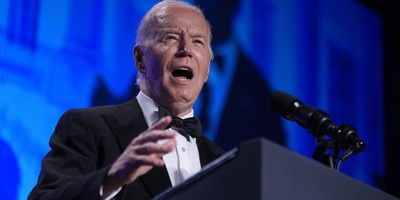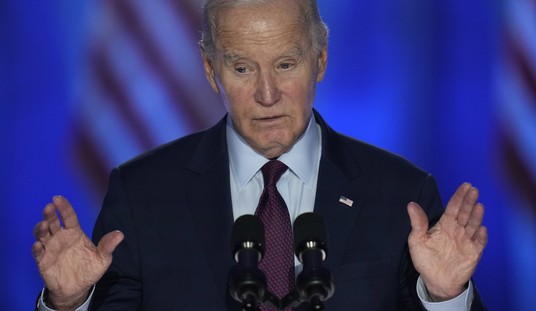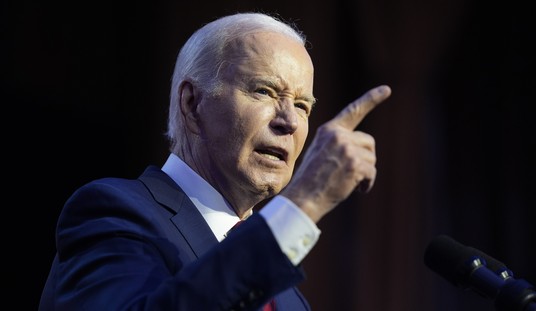Advertisement
It's a good question, and one that's still open as Barack Obama prepares to deliver his acceptance speech at the Democratic National Convention in rainstorm-plagued Charlotte Thursday night.
Other presidents seeking re-election have usually provided a more or less convincing answer. George W. Bush said he would try to reform Social Security and advance energy independence.
Bill Clinton said he would provide "a bridge to the twenty-first century," which turned out to include significant tax cuts and a lunge toward Medicare reform.
Bush failed to deliver on Social Security, and Clinton failed to deliver on Medicare, but both tried to pivot from a first-term to a second-term agenda. The first George Bush, in contrast, didn't seem to pivot. He gave the impression he'd just keep going on. That wasn't good enough for voters.
Obama similarly has not pivoted. Unlike Clinton, he did not shift ground when his party was rejected in the off-year election.
For a second term he has been calling for more infrastructure stimulus, more unionized teachers and (though he has said it's harmful in a time of economic sluggishness) higher tax rates on high earners.
Republican strategist Karl Rove had a bit of fun with this last week in his Wall Street Journal column, imagining how a more moderate and compromising Obama would be running well ahead now, as Clinton was at this point in 1996.
Instead, the Obama campaign, with assists from mainstream media and during the months it had a money advantage, has concentrated on demonizing Mitt Romney and Paul Ryan. Clinton did this with great effect on Bob Dole in 1996. It hasn't worked so well this time.
Recommended
Advertisement
The Democrats' other strategy is to rouse the enthusiasm of their various disparate constituencies. This hasn't worked for an incumbent Democrat since Harry Truman in 1948.
But it is something you fall back on given the nature of the Democratic Party. The Republicans have always had a core constituency of people considered by themselves and others as typical Americans -- Northern Protestants in the 19th century, white married Christians today -- who are by themselves less than a majority.
The Democratic Party has typically been a coalition of out-groups -- white Southerners and big city Catholics in the 19th century. Today, the coalition includes blacks and to a lesser extent Hispanics, unmarried women, members of the Millennial generation, public employee union members and, most important, the group that demographer Joel Kotkin dubbed gentry liberals.
They don't always agree. Blacks tend to oppose same-sex marriage, while gentry liberals strongly favor it. Labor unions want the Keystone pipeline, while environmentalists want to kill it.
Other difficulties have surfaced. Democrats to their surprise find themselves on the defensive on Medicare, needing to explain why they took $716 billion from it and gave it to the still unpopular Obamacare.
Late in the game, Obama decided to rope in Bill Clinton to give a big convention speech Wednesday night. In effect, he's trying to suggest his second four years will look like Clinton's.
In the meantime, there is evidence that the Democratic Party brand, to use marketing term, is in trouble.
Advertisement
Pollster Scott Rasmussen periodically estimates party identification on the basis of thousands of robocall interviews of likely voters.
His findings have been uncannily close to the exit polls. In the last quarter of 2008, his party ID numbers were 41 percent Democratic, 33 percent Republican. The 2008 exit poll showed Democrats ahead in party ID by 39 to 32 percent.
In the third quarter of 2010, Rasmussen pegged party ID as tied at 35 percent. The 2010 exit poll showed it exactly the same.
The third quarter of 2012 is not yet over. But the Rasmussen party ID numbers for the second and third quarters combined are ominous for Obama's party: 34 percent Democratic, 36 percent Republican. Republicans are up only 3 percent from 2008, but Democrats are down 7 percent.
The partisan playing field has changed a lot since 2008. But Obama's policies have not. There has been no pivot. It will be interesting to see how loudly and often the delegates cheer, "Four more years!"























Join the conversation as a VIP Member